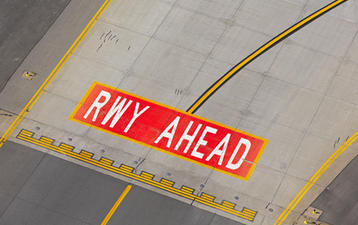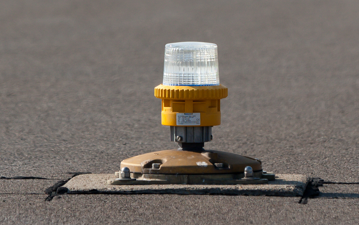A safety-based approach to assess jet blast at aerodromes
Nevertheless, many airports still experience incidents related to unexpected jet blast effects, notably on the apron during taxi operations. Jet blast can blow vehicles, equipment or other objects and cause severe injury to people or damages.
On the other hand, airport planners often state that fulfilling “by design” jet blast limitations are too restrictive. It considerably increases the required safety margins, requires the installation of expensive jet blast fences or the definition of very restrictive operational measures. Planners sometime rather rely on experience than on simulation results or demonstrated values.
A lot of uncertainty remains with regard to the real jet blast related risks.
How reliable are the jet blast contours provided by the aircraft manufacturers further used for simulation purposes? Which criteria or parameters shall be used for airport planning purposes, in order optimise airside design while preventing incidents and minimising operational limitations?
These fundamental questions have been asked a lot to airsight over the past few years.
A review of the values provided for different aircraft types revealed noticeable inconsistencies and major differences between jet blast contours of similar aircraft types. For instance, B737-800 and Airbus 320-200 are almost the same in terms of dimensions, mass and engines – but their breakaway contours diverge significantly (148 vs 29 m)! Similarly, the declared contours for a B747-400 are twice more demanding as for a heavier A380.
The main reason for these differences is that there are no standards to determine jet blast values. Manufacturers’ methods are not comparable and in addition inconsistent between their own aircraft models. Furthermore, specific manoeuvres on the apron (e.g. turns, engine-out operations) are not considered – only a “one-fit-all” value is generally provided.
These facts do not mean that simulations are useless, but show that some more expertise is required as well as a closer examination of the local operational conditions: turns, aircraft mix, possible pilots’ behaviours, procedures etc.
In selecting which contour values to be used at an aerodrome, airsight uses a unique safety-based approach together with more accurate values obtained via different methods (full-flight simulator trials, measurements, consolidated technical research) and considering specific operational conditions and scenarios.
The benefits for aerodromes are a more accurate design and a more efficient space utilisation, less operational restrictions - while maintaining or increasing the safety level.
Key Facts



